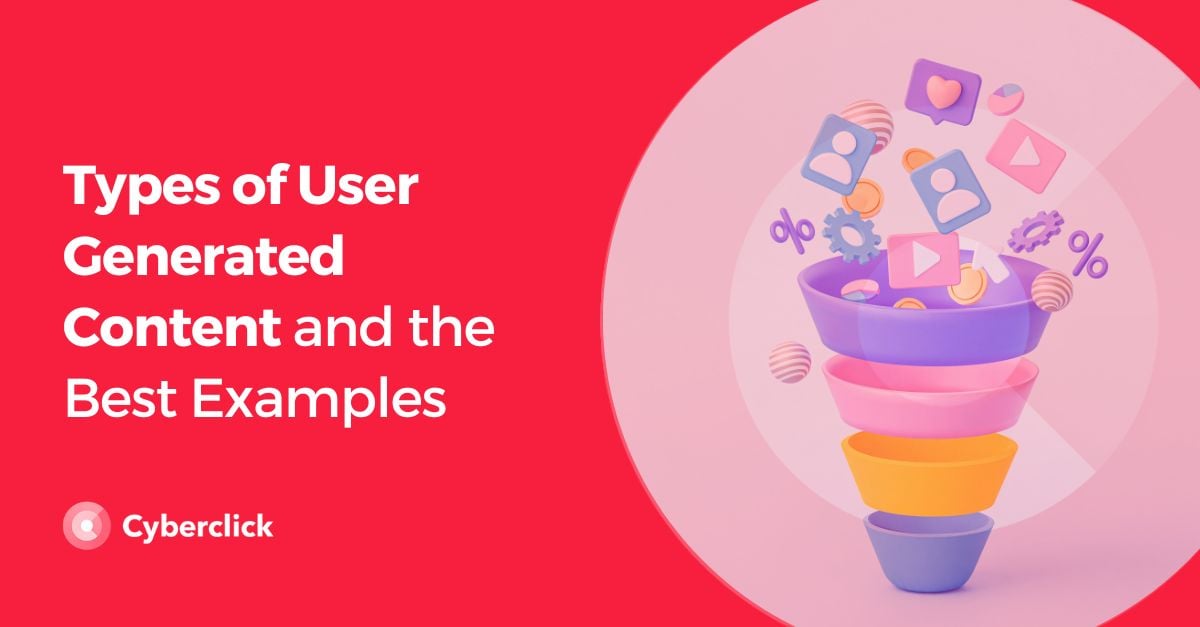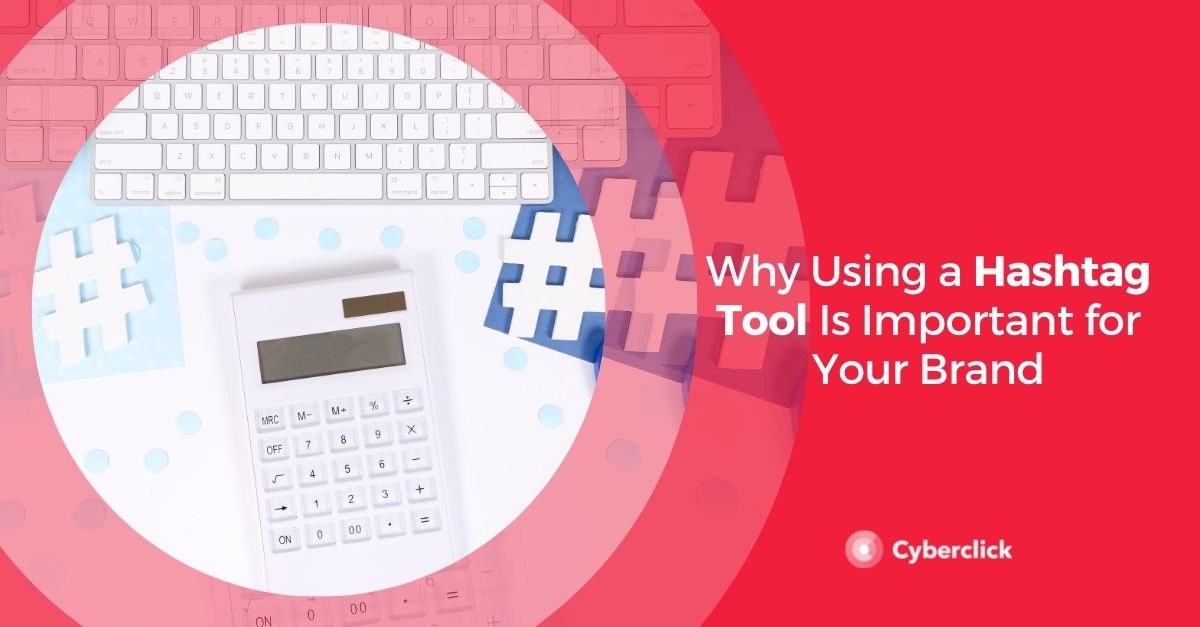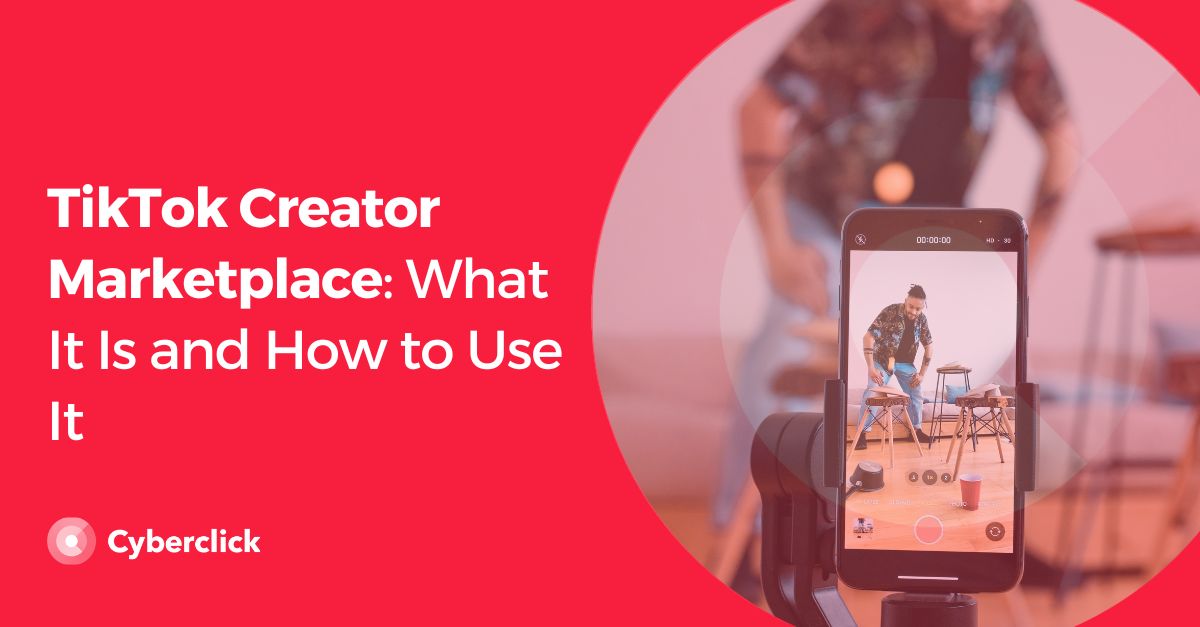UGC, or user generated content, is a digital marketing strategy that promotes the creation of content by the brand's users. This is fully compatible with the creation of content by the brand itself. Having both types of content actually increases your brand's reach and generates greater credibility.
But, what types of user generated content exist, and how have some well-known brands applied this strategy in their marketing efforts?
Types of User Generated Content
Many different types of user generated content exist, but some of the most common ones are:
- Text Content: This type of content includes publications in blogs, forums, and social media posts that mention a brand or its products or services.
- Comments and Reviews: Opinions, comments, and reviews from users on the company's website or on platforms intended for this purpose are also considered user generated content. This can be a valuable source of information for potential customers, as it provides real-world insights into a brand’s products or services.
- Images: Photographs, drawings, memes, or any static visual content referring to a brand or any of its products and services are also considered UGC, as long as the creator is a user outside the company.
- Videos: Videos created by users and posted on platforms such as YouTube, Instagram, or TikTok, among others, are another type of UGC. This is a type of content that is extremely popular these days.
In some cases, user generated content is also the result of collaboration. Although in this case, the information that's being shared may have been created by the brand itself or even paid for so this doesn't really qualify it as UGC.
Successful Examples of User Generated Content
Here are some examples of companies that have incorporated user generated content into successful campaigns.
Doritos
Doritos, the popular US snack brand, launched doritoslegionofthebold.com, a website where users could create branded content to be shared on social networks.
The idea went beyond receiving photos and videos of consumers enjoying their products, it was meant to encourage people to make unique and original content, so it offered people tools to do this and launched challenges to motivate and increase the participation rate.
As a result, Doritos got a high volume of user generated content to share on social networks, some of which was very striking and original.
2. Glossier
The beauty brand Glossier encouraged its consumers to share photos on social networks featuring them using the brand's products. Glossier received many photos, some very funny and others very touching and in the end, 90% of their income was thanks to the work of these users.
Through these photographs, Glossier managed to show totally real results and opinions, which made their target audience trust them.
3. Coca-Cola
Coca-Cola launched one of the most effective user-generated content campaigns in the history of marketing by tagging its products with names that were popular in each region they sold their products in. The main objective was to encourage people to share a picture of their Coca-Cola on social media and tag family or friends.
The result was successful, as social networks were filled with photos of the popular soft drink. In addition, sales skyrocketed, as even non-consumers bought the drink if they found a bottle with their name or that of a loved one.
4. Starbucks
In 2014, Starbucks launched the #WhiteCupContest campaign, encouraging customers to make a drawing that could adorn their white cups. The winning designs would be then be reproduced and used on the company's cups. Because of this, the campaign generated a lot of interest on Twitter and Instagram.
5. National Geographic
National Geographic has also incorporated user generated content into their marketing strategy. In order to gain exposure and followers, National Geographic encouraged users to share photos of natural landscapes on social networks with the hashtag #WanderlustContest. Whoever took the best photo would win a 7-day trip for two to Yosemite National Park, one of the most beautiful places in the world. This was especially appealing for photography and nature lovers.
The campaign was quite successful, as many users were encouraged to share their best photos, which allowed National Geographic to achieve its goal of gaining visibility and followers.
6. Spotify
Spotify saw a significant dropped monthly active listeners in 2021, causing the company to opt for a user generated content strategy. The brand chose to collaborate with influencers, who were encouraged to share their feelings about the role of music in their lives.
The interviews were shared on YouTube, TikTok, and Instagram and the impact was such that the number of monthly active listeners increased, especially among people between 18 and 24 years old.
7. Airbnb
Airbnb follows a very simple but highly effective UGC strategy. This strategy includes having people share photos of the accommodations offered on its app.
In addition, it has launched UGC campaigns on social networks with very good results, For instance, the brand encouraged travelers to share their experiences staying in an Airbnb accommodation with a specific theme, such as pets. Social media was soon filled with beautiful pictures of people enjoying their vacations in the company of their faithful four-legged friends.
8. ASOS
ASOS, the online clothing retailer, is another company that has used UGC. In 2014, it launched a campaign called "As Seen on Me", which encouraged its customers to share photos where they wore one or more garments from ASOS. To make uploading and sharing as easy as possible, it allowed photos to be uploaded on the website and shared on Instagram with the hashtag #AsSeenOnMe.
This strategy proved successful, as customers liked sharing their photos and having them appear on the ASOS platforms. They also liked seeing how the clothes looked on and were worn by real people in everyday situations.
9. Calvin Klein
Calvin Klein also encouraged all its customers to share photos on social media wearing a Calvin Klein garments with the hashtag #MyCalvins. They then selected certain ones to appear on their website. Through this campaign, Calvin Klein generated an accessible and recognizable brand image.
10. LEGO
LEGO is another brand that bet on UGC by inviting its fans to create their own constructions. These are then published on the LEGO Ideas website, where users could vote for their favorites to become a realLEGO product.
This proposal was a great success, as each creator promoted their builds, which broadened reach and brand awareness. It was also a way for LEGO to offer products that it knew would be popular and sell.
There are many ways to create successful campaigns through user created content. You just have to know your audience and find something that will engage them.
Graduada en Administración de Empresas en Lisboa y un posgrado en Gestión de Productos, Chantal se ha especializado en la Publicidad en Redes Sociales. En Cyberclick lleva la gestión de cuentas y conceptualización de estrategias digitales.
Graduated with a Degree in Business Management in Lisbon and a Postgraduate degree in Product Management. Specialist in Account Management and Digital Marketing strategies, with special focus on Social Ads channel.







Leave your comment and join the conversation